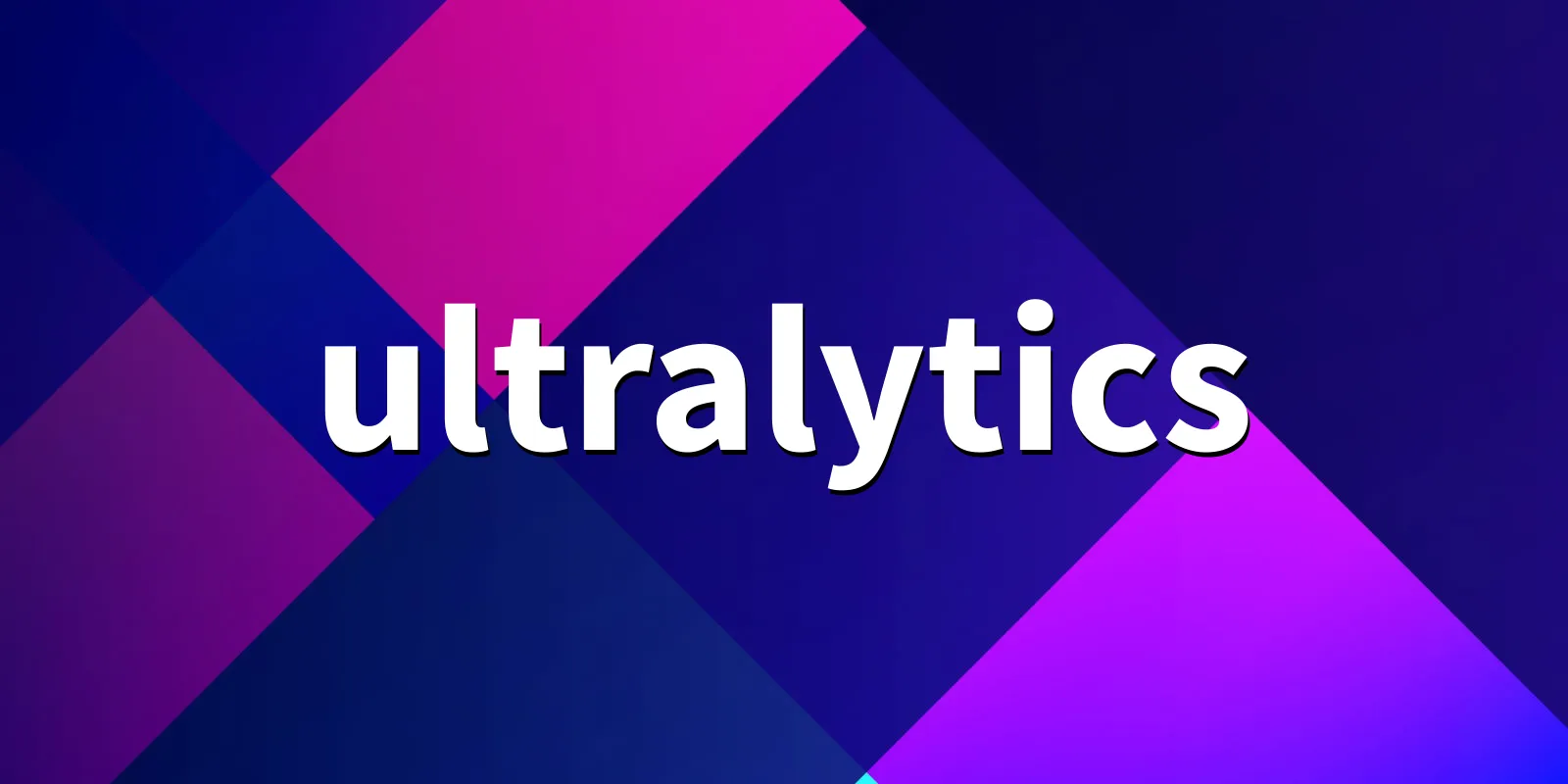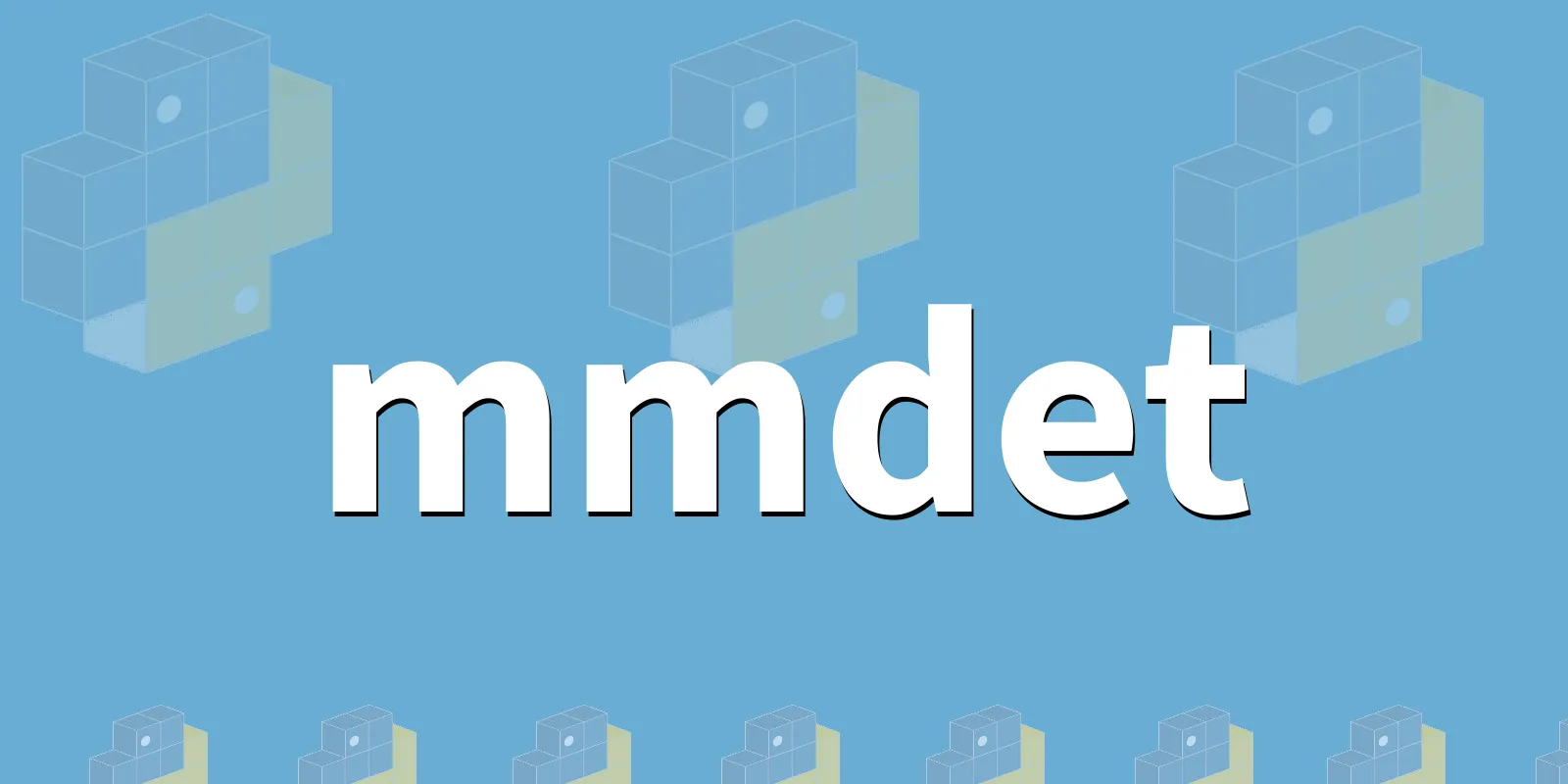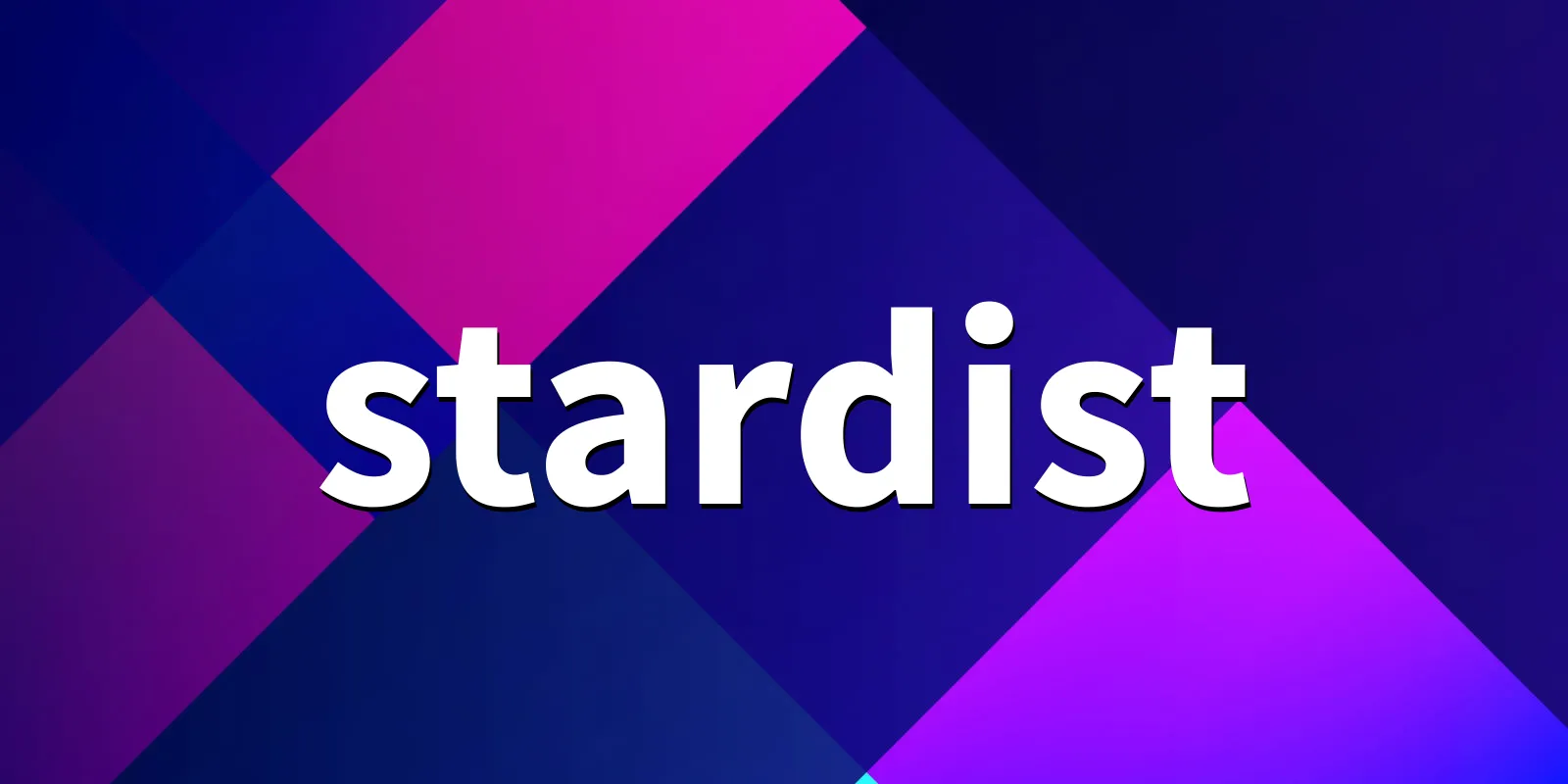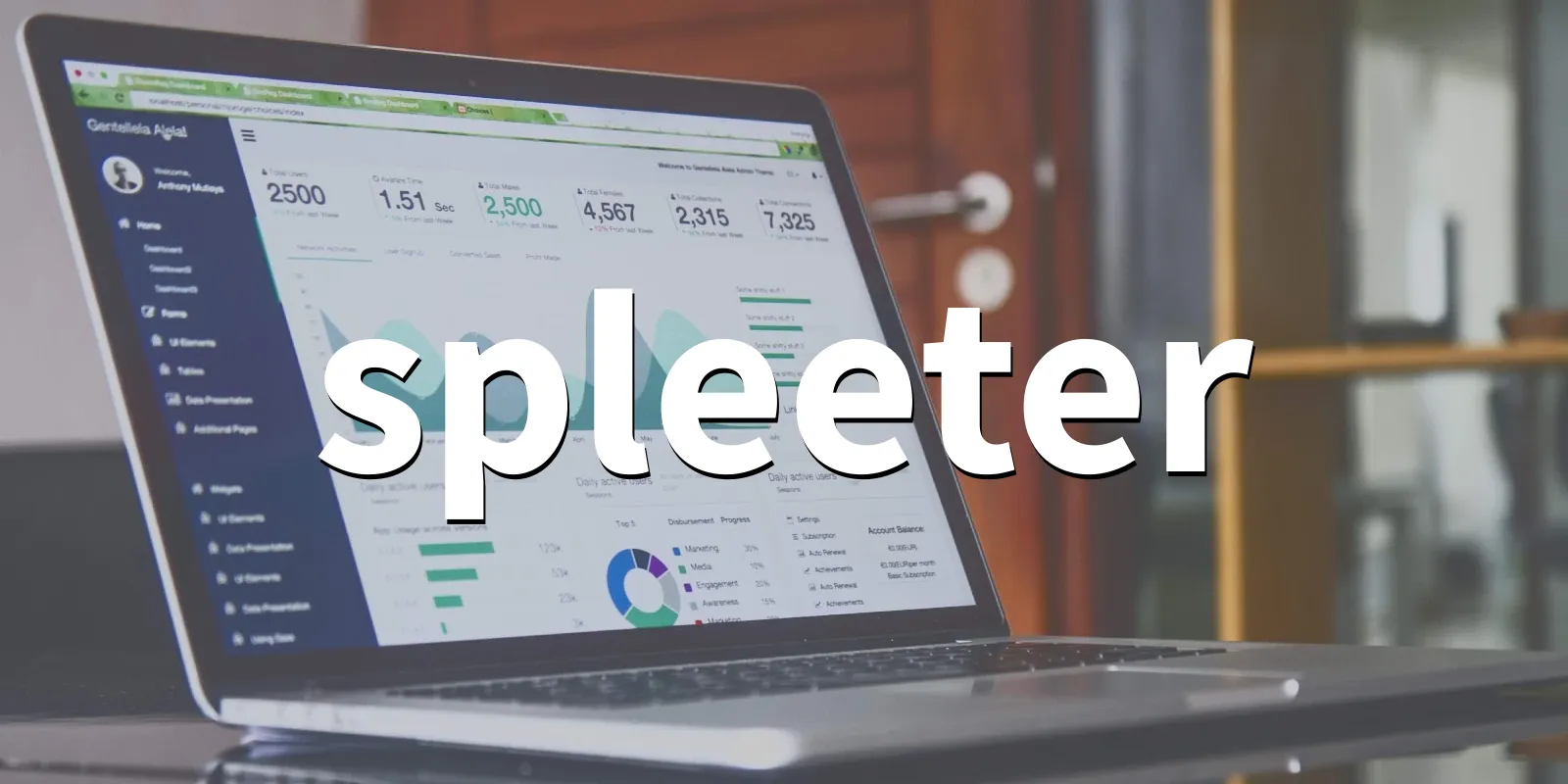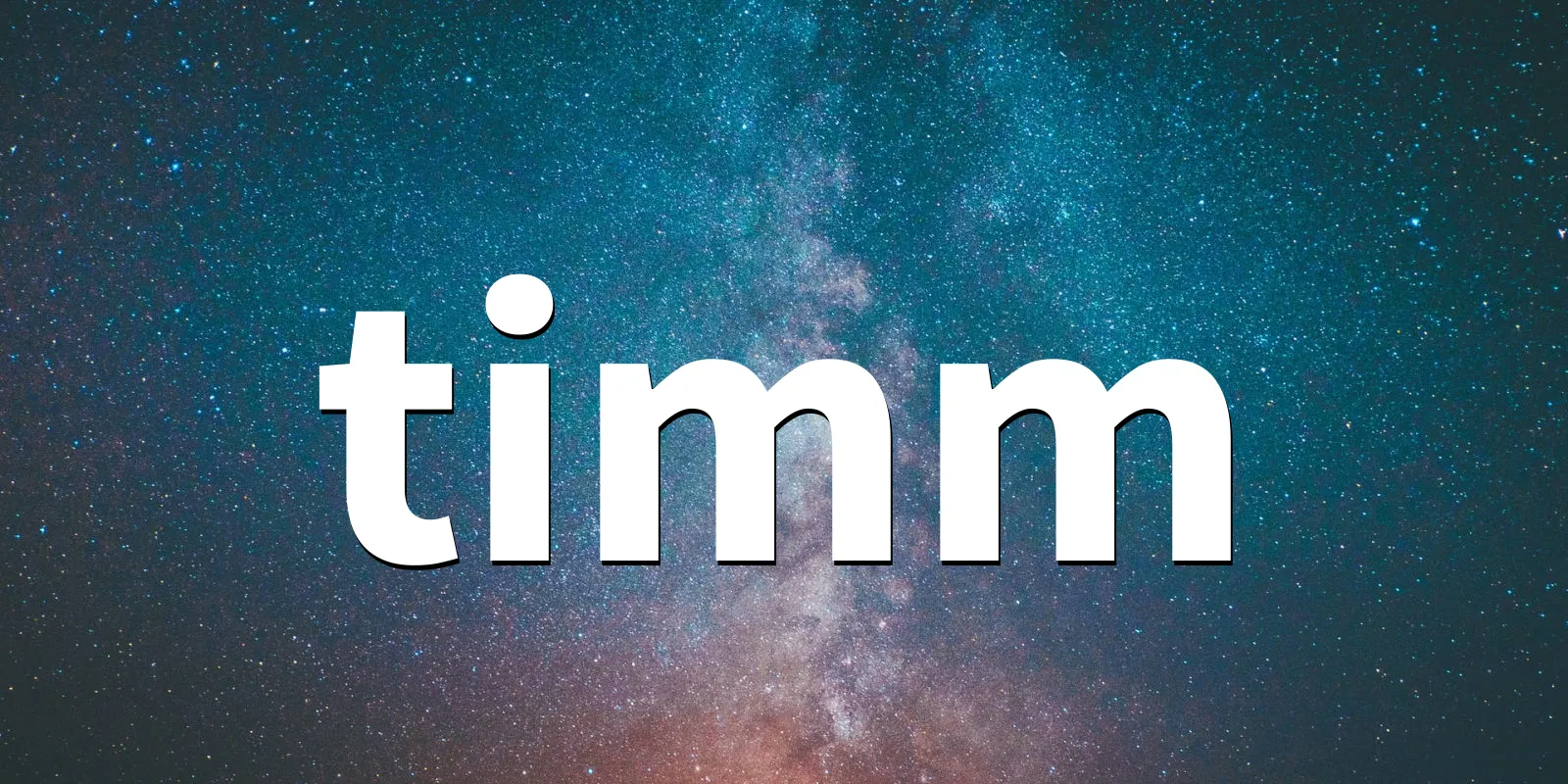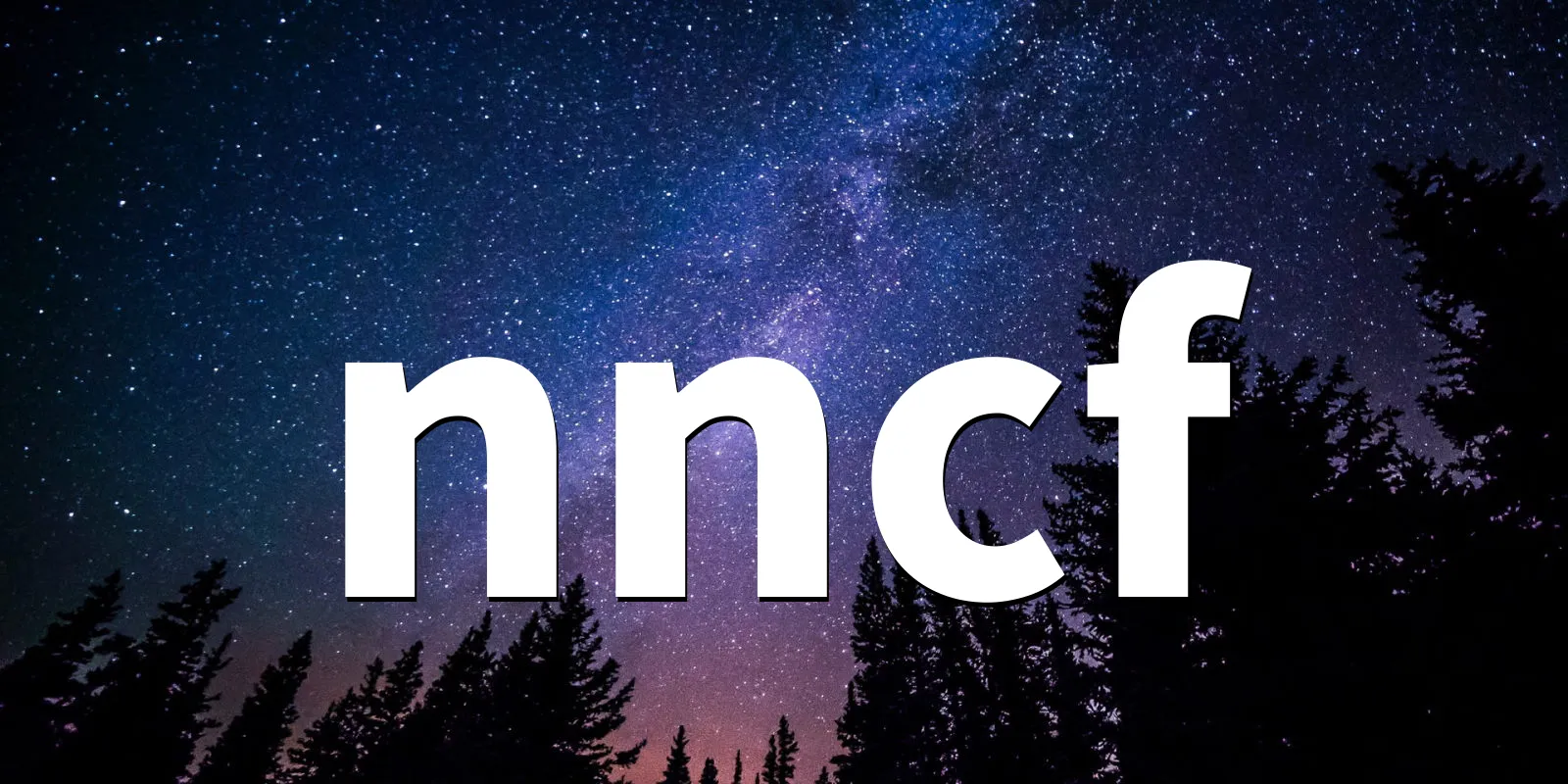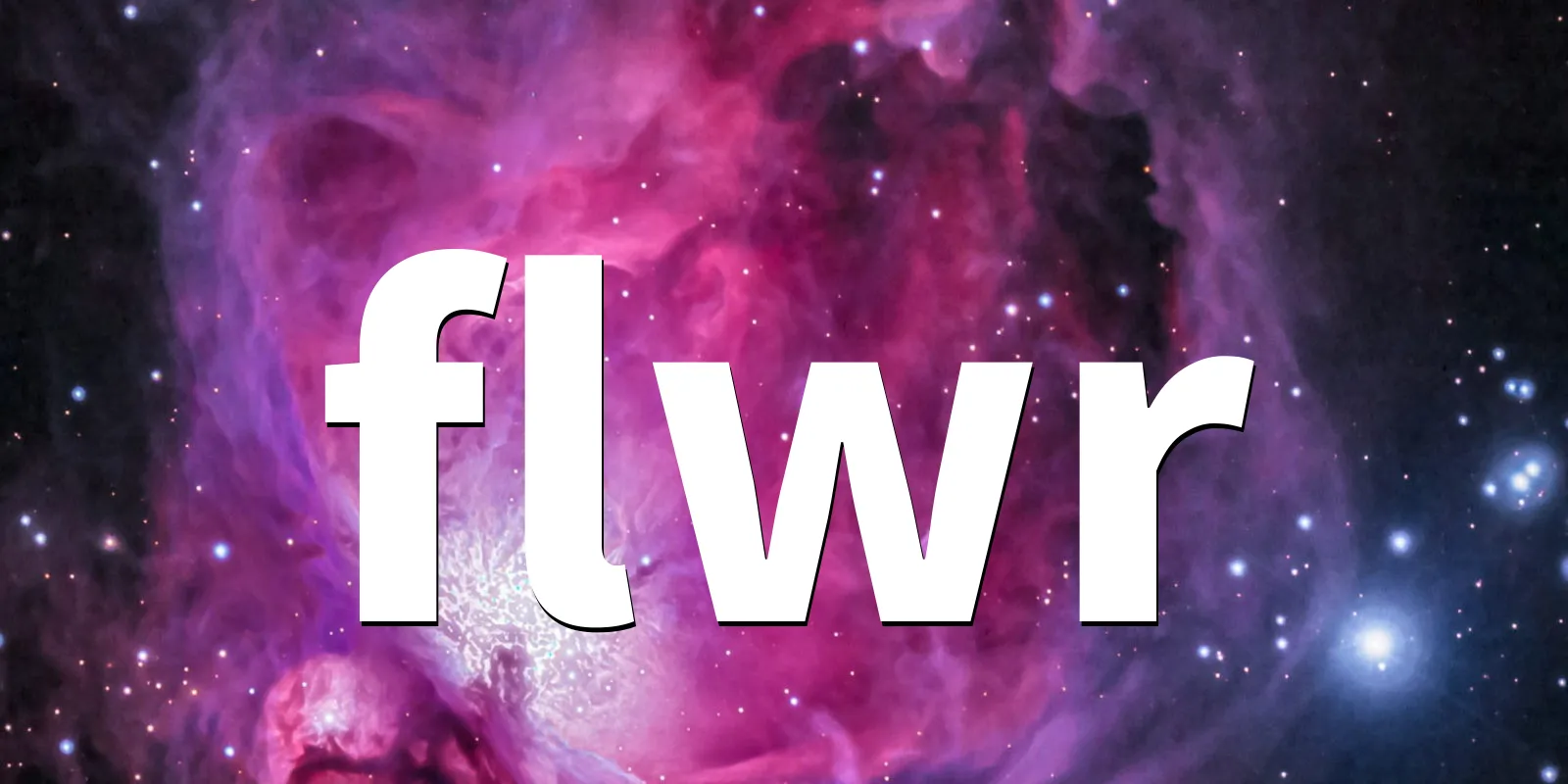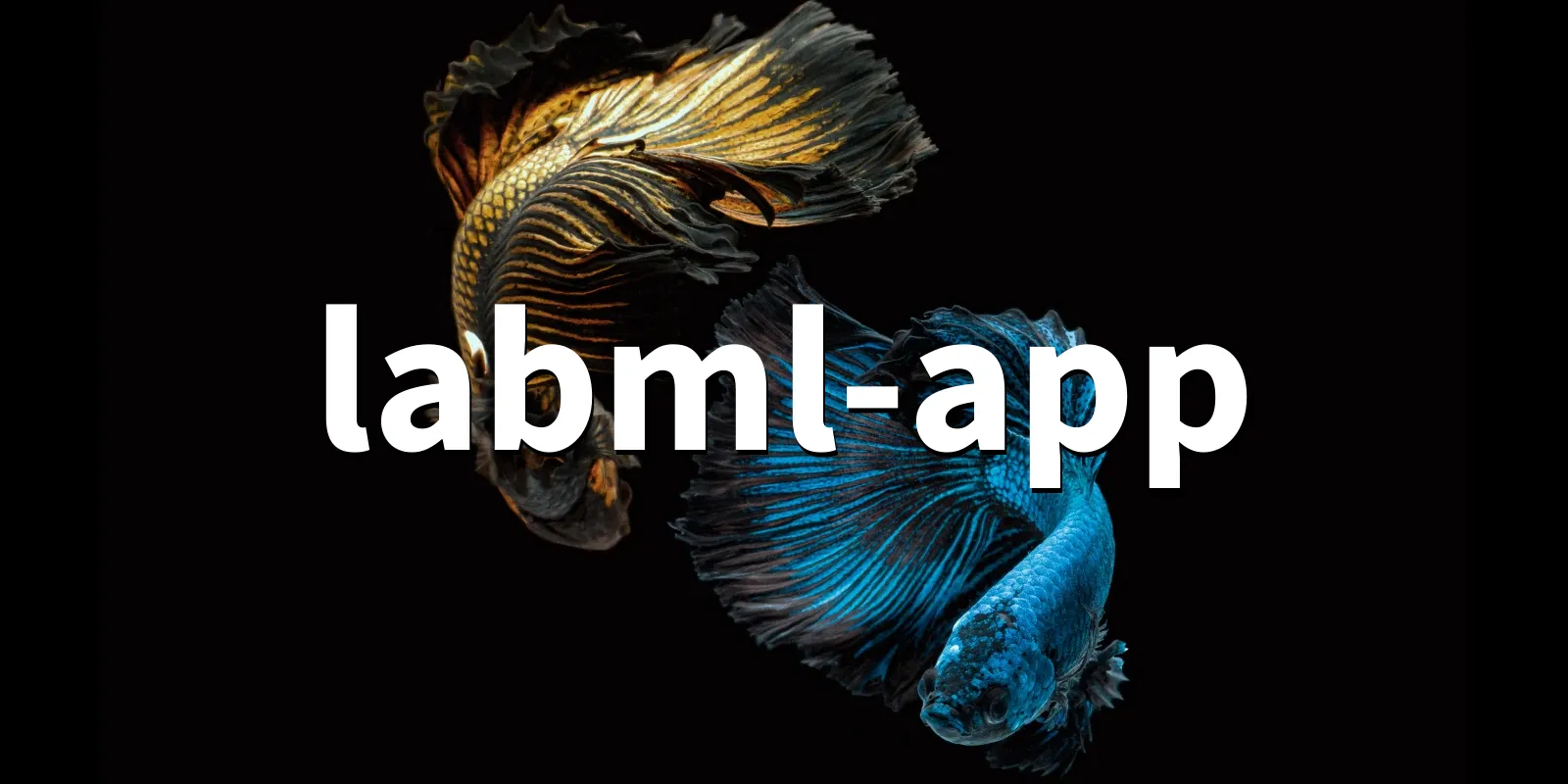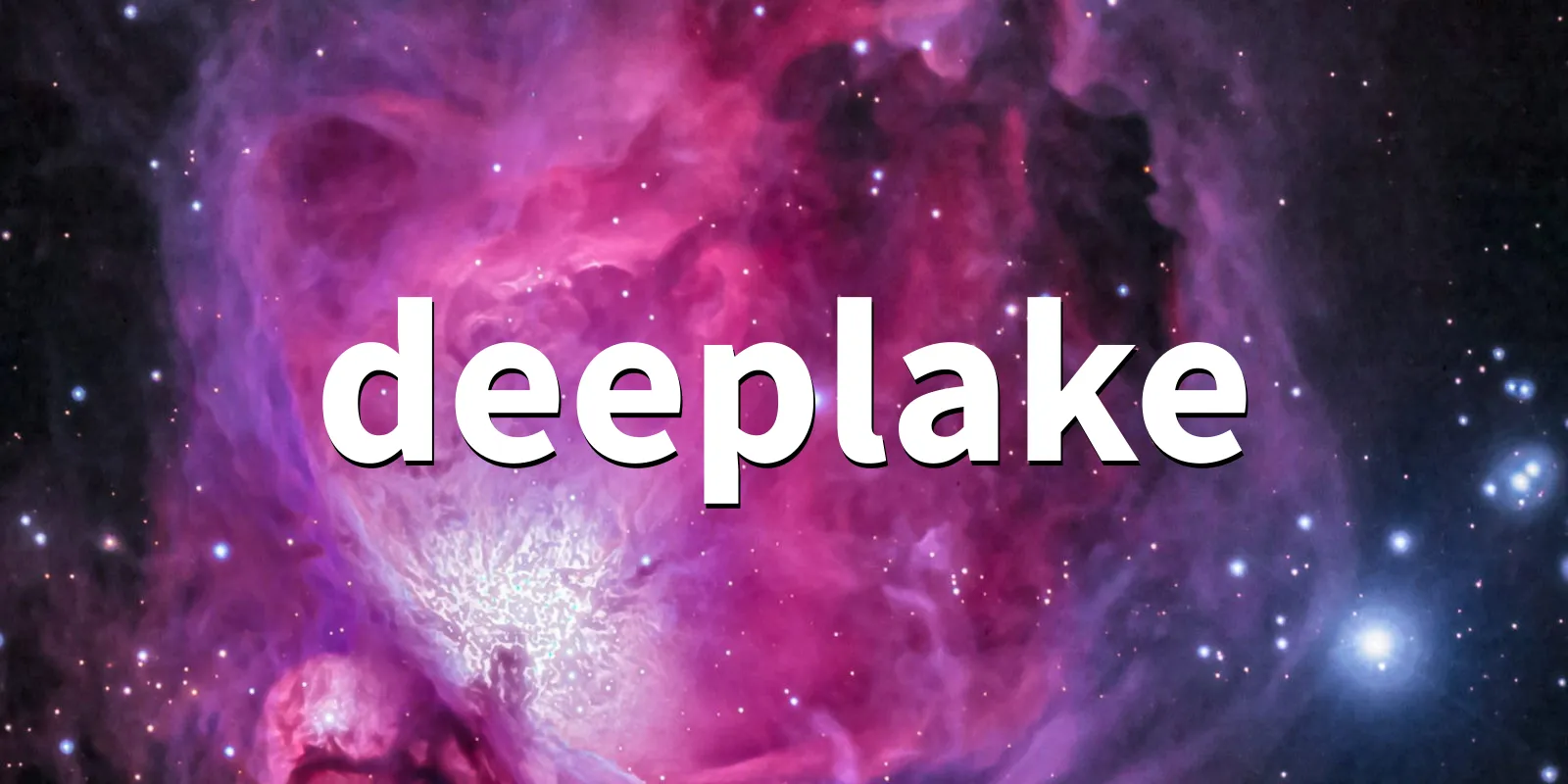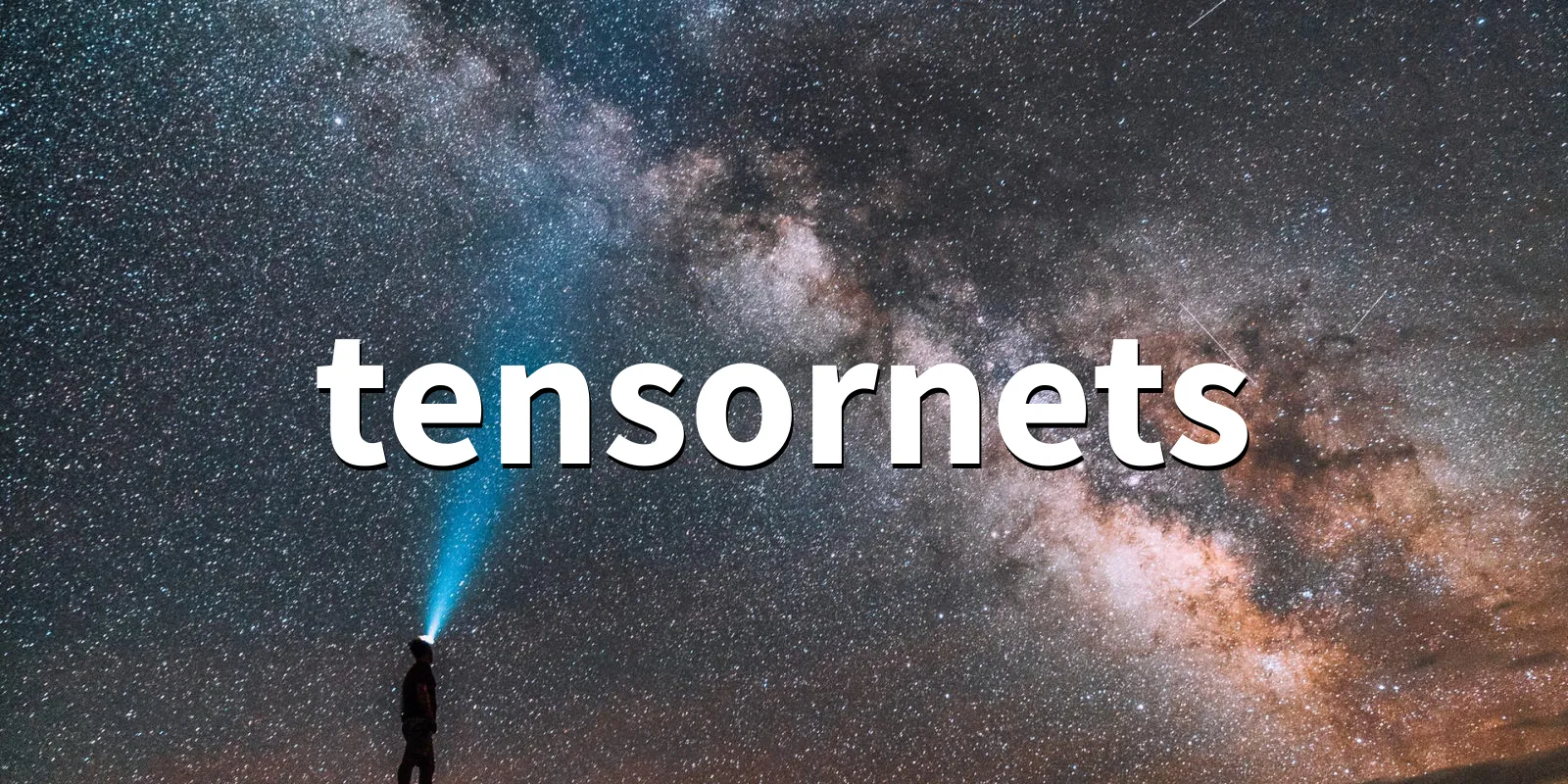
tensornets 0.4.6
0
high level network definitions in tensorflow
Contents
high level network definitions in tensorflow
Stars: 1003, Watchers: 1003, Forks: 184, Open Issues: 17The taehoonlee/tensornets repo was created 7 years ago and the last code push was 3 years ago.
The project is very popular with an impressive 1003 github stars!
How to Install tensornets
You can install tensornets using pip
pip install tensornets
or add it to a project with poetry
poetry add tensornets
Package Details
- Author
- Taehoon Lee
- License
- MIT
- Homepage
- https://github.com/taehoonlee/tensornets
- PyPi:
- https://pypi.org/project/tensornets/
- GitHub Repo:
- https://github.com/taehoonlee/tensornets
Related Packages
Errors
A list of common tensornets errors.
Code Examples
Here are some tensornets code examples and snippets.
 pythonfix
pythonfix